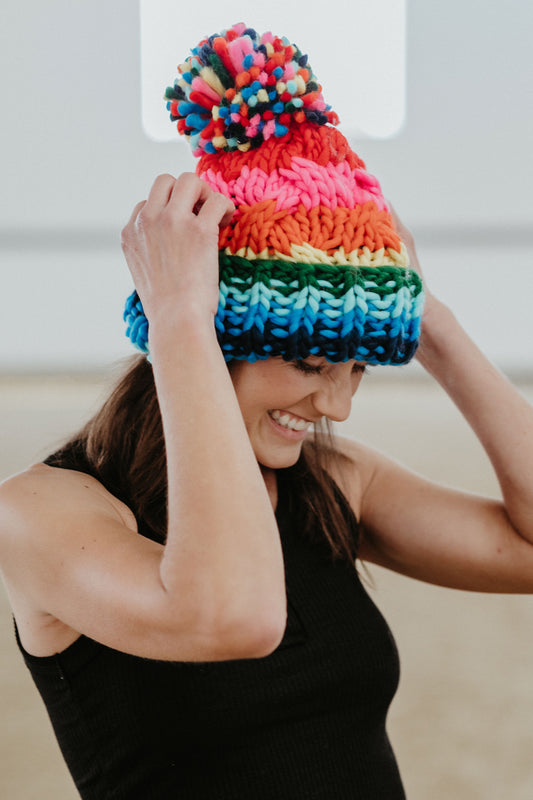Understanding the Connection: The Role of Equestrian Gear in Horse-Rider Communication
At the heart of an effective horse-rider partnership lies the subtle, yet profound, art of communication. The ability to convey intentions and commands seamlessly not only ensures safety but enhances the performance and welfare of both horse and rider. Central to this intricate dialogue is the use of equestrian gear, specifically designed to bridge the communication gap between human and equine. This article explores how the right gear plays a pivotal role in fostering a harmonious relationship, focusing on bridles, bits, and saddles as primary conduits of dialogue.
Bringing Unity Through Bridles
Bridles serve as one of the fundamental pieces of equipment in horseback riding, acting as a direct line of communication. They consist of a headstall that holds a bit in the horse's mouth, connected to the reins that the rider holds. The choice of bridle and its correct fitting are crucial, as they can significantly affect the horse's comfort and responsiveness. A well-fitted bridle allows for subtle signals to be sent through slight rein pressures, guiding the horse's direction and pace. The type of bridle used (snaffle, double, or bitless) depends on the horse's training level, the rider's experience, and the specific activity, ensuring that the communication remains clear and precise.
Bits: The Delicate Art of Pressure and Release
Embedded within the bridle system, bits are perhaps the most nuanced tools for communication. They work on the principles of pressure and release, allowing riders to send messages through gentle commands. The effectiveness of a bit is not in its severity but in its appropriate use, aligning with the horse's anatomy and the rider's hands. Different designs cater to various needs—snaffle bits for direct pressure, curb bits for leverage, and gags for elevation. The key lies in selecting a bit that the horse is comfortable with and that the rider can manage effectively, ensuring that the message conveyed is one of guidance rather than force.
Saddles: The Foundation of Rider Balance and Comfort
While bridles and bits facilitate head and neck communication, saddles are integral to conveying messages through the rider's seat. A properly fitted saddle ensures that the rider can maintain balance and alignment, which are critical for sending clear cues to the horse. The saddle's design and placement significantly impact the horse's ability to move freely and respond to leg and weight aids. From dressage to jumping, each discipline has specialized saddles that support the unique demands of the sport, emphasizing the need for gear that complements the physical engagement required.
Creating a Language of Trust
Ultimately, the efficacy of equestrian gear in enhancing communication transcends its physical function. It fosters a language of trust and understanding, where each slight adjustment can convey a wealth of meaning. The journey to achieving such a level of connection involves a deep understanding of the horse's needs, behaviors, and responses. Riders must be attuned to the subtle feedback provided by their equine partners, adjusting their gear and approach accordingly. As such, the choice and use of equestrian gear are not merely about functionality but about nurturing a relationship built on mutual respect and attentiveness.
Conclusion
The symbiotic relationship between horse and rider is a testament to the power of non-verbal communication, facilitated by the nuanced use of equestrian gear. Bridles, bits, and saddles are more than tools; they are extensions of the rider's intent, conveying messages of direction, pace, and encouragement. By bridling the gap with carefully selected and correctly used gear, riders can develop a deeper rapport with their horses, leading to enhanced performance, safety, and enjoyment in their shared pursuits.
Shop Wonder Equestrian








